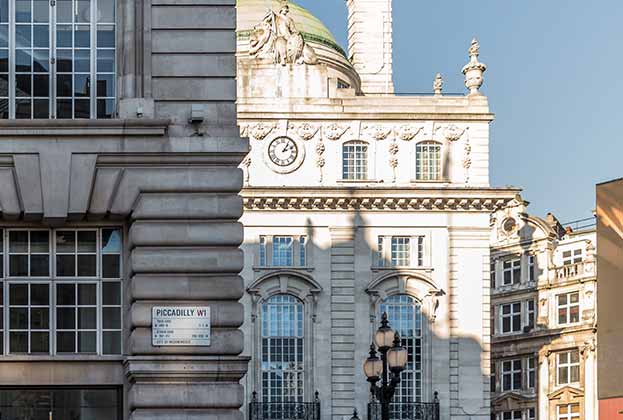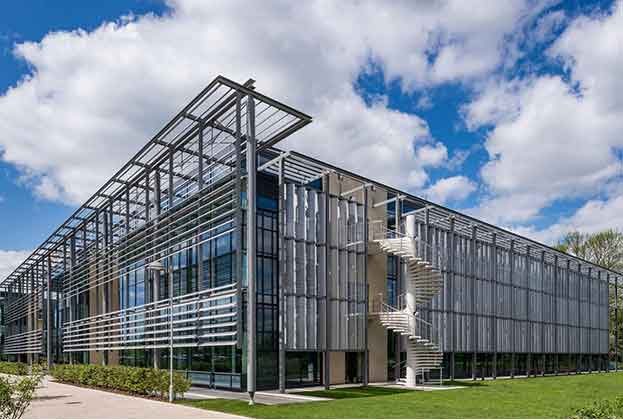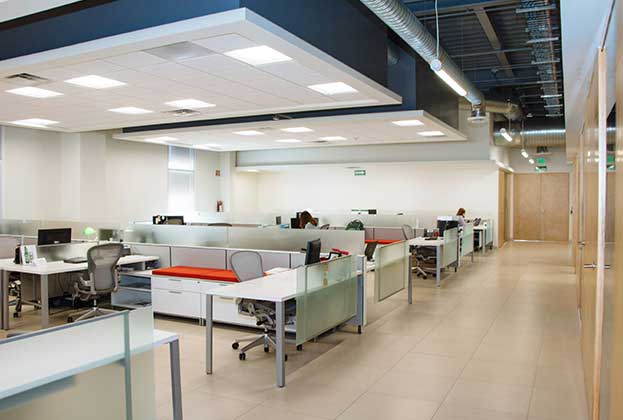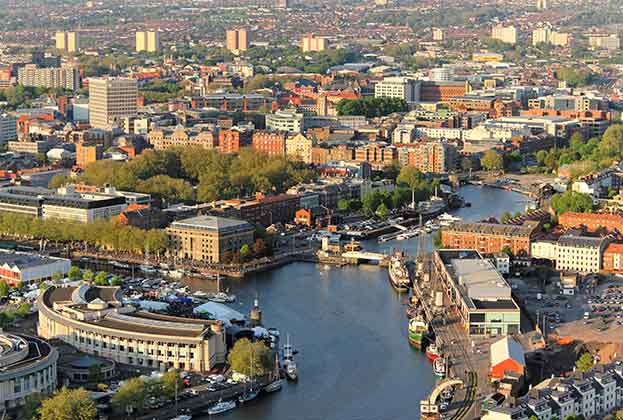Thinking outside the box
Without more creative thinking it will remain increasingly difficult for occupiers to make decisions when it comes to their future office requirements. If they can’t find what they’re looking for they will simply roll on their leases, inhibiting growth. Or worse take their expanding businesses out of our city altogether and move elsewhere. What’s clear is that it will definitely not attract new entrants to the market.
One possible solution is the repurposing of redundant buildings. We have already seen some examples of office to residential conversion, such as Station House in St Enoch’s Square, Glasgow, which works twofold. One to take poor office stock out of the market and two, to provide much needed housing, whether that be for private sales, build-to-rent or student accommodation. While this isn’t a one size fits all fix, it will require planners, councils and all those involved to think outside the box.
For the buildings that are not suitable for conversion, refurbishment projects must be considered. There are now a myriad of cost effective solutions that can create both sustainable and attractive workspace. Doing nothing, however, is simply not an option.
According to Oxford Economics, Glasgow’s GVA is forecast to grow by as much as 15% in the next five years, just 3% less than London. However, this will no doubt be contingent on our willingness as a city to continue to innovate and evolve.
As always, collaboration is key and while we are starting to see some action, more is required to make sure Glasgow doesn’t fall out of favour.
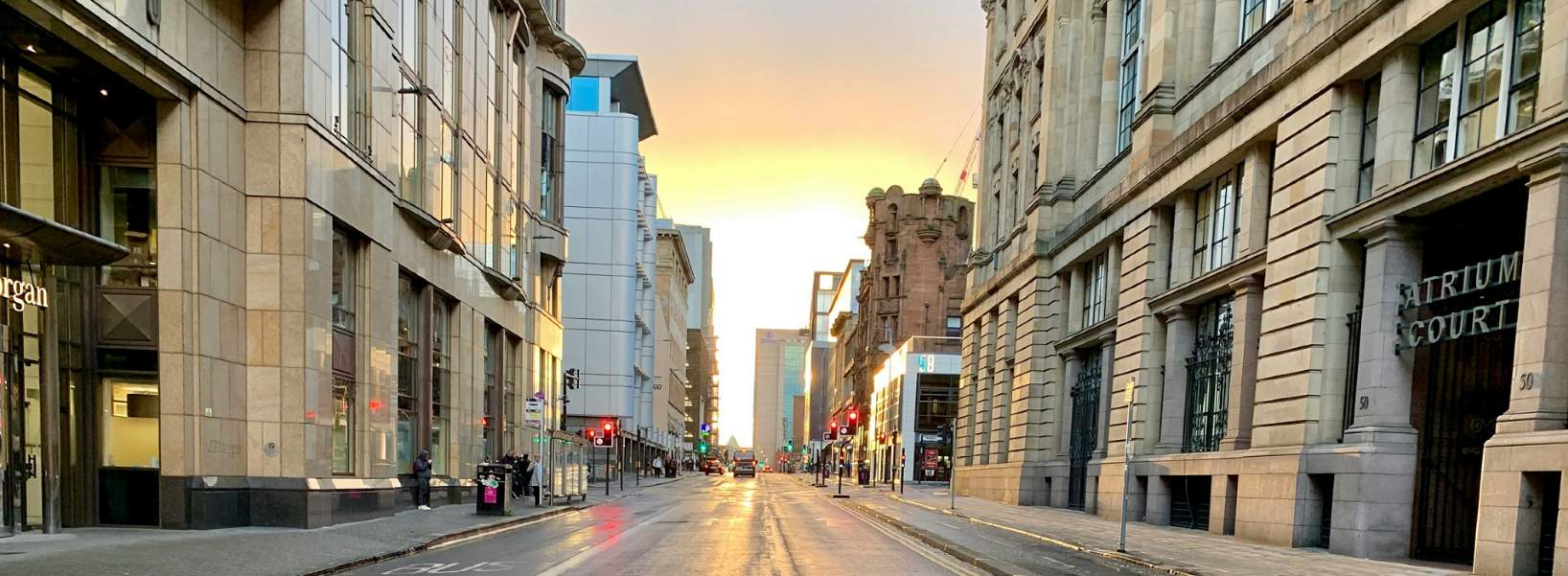


.jpg)
